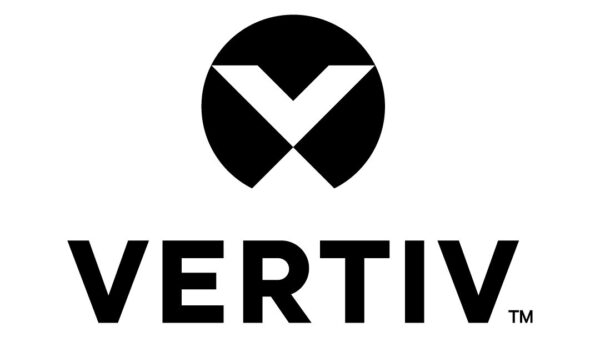The landscape of web development has transformed dramatically since 2010, when many businesses were still unfamiliar with the concept of creating their own websites. The introduction of tools such as Webflow has significantly streamlined the web development process, leading to faster project deliveries and enhanced collaboration among teams. This software solution has eliminated many traditional challenges, allowing developers and designers to produce high-quality websites without compromising on design or flexibility.
The traditional web development approach often includes lengthy cycles characterized by manual coding, back-and-forth communications, and extensive debugging. Common bottlenecks include the hand coding of every page, the manual translation of design files into HTML, CSS, or JavaScript, and a reliance on developers for content management system (CMS) features. As a result, these processes can extend project timelines by days or even weeks. In contrast, Webflow’s advanced capabilities can reduce the time it takes to build a website to as little as one week.
How Webflow Accelerates Project Delivery
Webflow’s efficient design and development tools allow teams to work in tandem on a unified platform. The visual canvas enables drag-and-drop functionality, where both designers and developers can create interactions and animations without switching to code. The platform generates clean HTML, CSS, and JavaScript automatically, drastically reducing the time spent on manual tasks.
Moreover, Webflow includes a native CMS, eliminating the need for external systems like Drupal or WordPress for content management. This integration allows users to make changes without the constant involvement of developers. The platform also supports complex interactions and animations, such as hover effects and scroll triggers, without the need for additional JavaScript libraries. This simplification leads to substantial time savings on testing and compatibility checks.
Webflow manages essential features such as hosting, SSL, backups, and content delivery networks (CDN) independently, removing the hassle of configuring servers or deployment pipelines. The platform’s version history feature allows users to roll back changes, providing flexibility during the development process.
The ability to build design systems and global style settings enables teams to scale and reuse components easily, accelerating the overall development process. Furthermore, Webflow’s integration capabilities allow for smooth connections with various external systems, such as customer relationship management (CRM) tools, analytics, and marketing platforms.
The Benefits of Using Webflow
Choosing Webflow provides several notable advantages. Clients can view live prototypes early in the development cycle, allowing for real-time feedback and iterations. This transparency enhances collaboration between designers and developers, ensuring that what is designed is closely aligned with the final product.
Since animations and interactive features are built into Webflow, the need for extensive debugging across multiple devices and browsers is minimized. Clients gain access to the Webflow Editor, enabling them to make content edits post-launch without relying on developers.
To maximize Webflow’s potential, businesses should follow a structured approach:
1. Begin with a design and content plan that outlines layout sketches and necessary interactions.
2. Create a component library and style system to maintain consistency and speed up the development process.
3. Develop critical pages and templates first, allowing stakeholders to review live content.
4. Create Webflow collections for dynamic content, ensuring that new items automatically generate pages.
5. Integrate and automate analytics, forms, and marketing tools as needed.
6. Test on various devices and gather feedback to refine interactions and features.
When the “publish” button is clicked, Webflow takes care of hosting, CDN, and SSL, allowing for a smooth transition from development to live site.
In conclusion, while no solution is universally applicable, Webflow stands out for those prioritizing speed, flexibility, and quality in web development. By engaging with expert teams like OTAKOYI, businesses can leverage the platform’s capabilities to accelerate their online presence. In a fast-paced digital world, the ability to deliver websites quickly can provide a significant competitive advantage. Are you ready to harness the power of Webflow for your next project?







































































